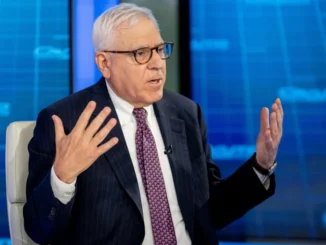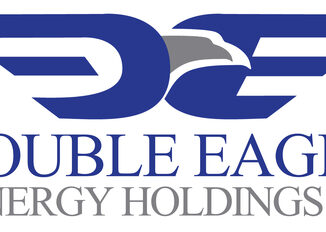
Some private-equity firms backing oil-and-gas producers cashed in on rising consolidation in the U.S. shale industry last year, selling assets for an expected $30.55 billion and fueling distributions to investors—a contrast with the dearth of exit deals plaguing buyout shops focused on other sectors.
EnCap Investments, for example, distributed $7.8 billion to investors in its oil and gas-focused funds, a record for the Houston firm, thanks partly to the sale last June of three producers in the Midland Basin of West Texas to energy company Ovintiv in a $4.28 billion deal, according to an investor letter viewed by WSJ Pro Private Equity.
Another energy-focused firm, Quantum Capital Group, disbursed about $3.1 billion last year, slightly less than a $3.8 billion record in 2022, said people familiar with the matter. In January, Houston-based Quantum distributed around $900 million more mostly from the December sale of Rockcliff Energy, the people said. Quantum sold the gas producer in East Texas to a unit of Japanese utility Tokyo Gas for $2.7 billion.
Also notching a distributions record, NGP Energy Capital Management in Dallas surpassed the roughly $1.5 billion it paid out in 2021 with asset sales last year from its main oil and gas-focused funds, according to investor letters and people familiar with the matter.
“It’s not surprising at all that some private-equity firms that invest in the oil-and-gas sector had a banner year for distributions,” said Andrew Dittmar, a director at energy data analytics company Enverus. He pointed to several multibillion-dollar exits such firms scored last year.
Publicly traded oil-and-gas companies looking to expand triggered a wave of mergers among themselves as well as purchases of private equity-backed assets in recent years, reviving dealmaking after a long pause following excessive spending during the shale boom from around 2008 to roughly 2018. A need for new areas to drill, particularly in the prolific Permian Basin in West Texas and New Mexico, fueled a surge in sales to producers, according to industry lawyers and analysts.
Sales by private-equity firms of U.S. oil-and-gas assets announced last year rose about 10% to $30.55 billion from $27.68 billion the year before, according to Enverus. Deals involving Permian assets alone and by all types of buyers and sellers surpassed $100 billion last year to a record, according to consulting firm Wood Mackenzie.
“Public energy companies that went through a period of deleveraging themselves are now in a position where they have to refresh their production runway and need more assets,” said Adam Larson, a partner at law firm Kirkland & Ellis who focuses on deals and private equity, especially in the energy and infrastructure sectors.
Two years of relatively stable oil prices helped spur deal activity among producers, while a sharp drop in natural-gas futures this year led some private-equity sponsors to retain gas assets, Dittmar said.
“Oil has been at a sort of Goldilocks price range — $75 to $85 [a barrel]—that’s probably a comfortable point to transact for both buyers and sellers,” he said. Benchmark U.S. crude-oil futures traded around $81 a barrel Friday.
Recent transactions bear little resemblance to the deal frenzy nearly eight years ago when private-equity firms sold billions of dollars in largely undeveloped oil fields across the Permian to publicly traded energy companies. Even as they seek new areas to drill, energy companies today only buy assets with enough production to quickly improve financial metrics such as cash flow, Dittmar said. For private-equity sellers, that could mean developing the assets just enough to attract buyers and still fetch the best deal, he added.
“I think one of the most interesting conversations among the private-equity groups is how much of the drilling inventory do we convert to production and cash flow and how much do we leave for a buyer to develop,” Dittmar said.
Generally lower debt levels carried by private equity-backed energy companies and their focus on raising production enabled sponsoring firms to provide significant capital distributions to investors in the form of dividends taken from the cash flow of those companies before deal activity accelerated, industry lawyers and consultants said.
Firms specializing in the sector likely will increase their reliance on such investor payouts as the shift to clean energy sows doubts about asset values and consolidation makes it harder to amass large holdings again, they added.
“What we’re seeing now is a more disciplined use of capital” by energy companies, Larson said. “Private-equity firms have learned from the shale revolution and listened to their investors about the need to create returns from a more operational model.”
Take the Survey at https://survey.energynewsbeat.com/
ENB Top News
ENB
Energy Dashboard
ENB Podcast
ENB Substack



